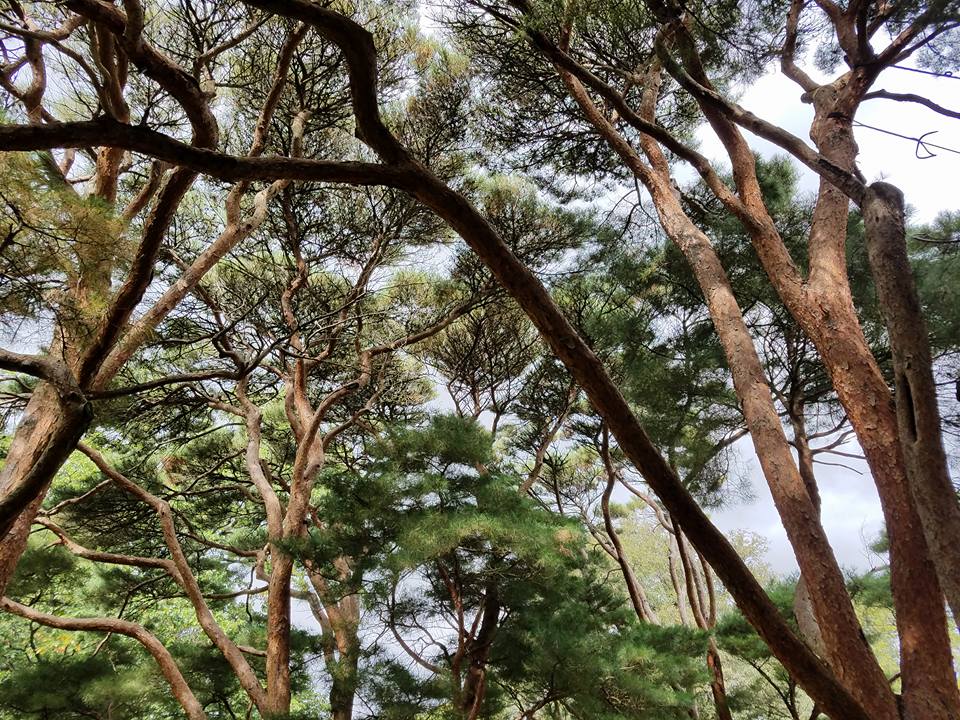
Pinus species Identification Guide
Pines are widely spread throughout the world. Occupying all northern continents, the Pinus genus is versatile and able to adapt to almost any climate. They mainly are found in boreal, temperate, or mountainous tropical regions, reaching their southernmost distribution in southeast Asia. All species are evergreen, grow as trees or shrubs, and produce resin, which Pinus is derived from.
They are long-lived, typically living between 100-1,000 years. One of the oldest living organisms is Pinus longaeva, with many individuals surpassing 4,000 years. Another desirable characteristic of the genus is the pleasant aroma they exude from the oils that transpirate through their needle stomata and evaporate from sap resin in wounds and growing cones.
In addition to their ornamental value, they are economically important plants used for their timber, pulp, tar, and turpentine. When sailing was the chief means of crossing bodies of water, Pines played a big role in determining the locations of naval stores. Today the timber is widely used in construction, woodworking, and as firewood, while the resin is distilled and made into rosin and turpentine oil. Rosin is used in the production of paper glue and soap, as a constituent of varnishes and paints, and for coating bows of stringed musical instruments. Similarly, oil of turpentine is used for thinning and dissolving paint and varnish, and can also be used in the production of shoe polish and sealing wax.
Pines are monoecious (rarely semi-diecious) and will therefore produce male and female cones on the same plant. Male cones will appear in small dense clusters around the base of current year’s growth, while the much larger female cones are borne singly.
Cones are an excellent way to identify a Pine species. Each is unique in its own way. Examining the shape or texture, the length of the peduncle, and other characteristics should be done when the cones are mature, which can take up to 3 years with some species.
Another good method to identify a Pine is by its foliage. Throughout its life, a Pine exhibits four different foliage types; cotyledon, primary leaves, cataphylls, and needles. The needles are the most recognizable. forming on dwarf shoots in the axils of the cataphylls in clusters from 1-8 needles. This guide groups 2, 3, and 5 needles per fascicle pine species, helping to narrow down the identification of some of the more common pines.
References




